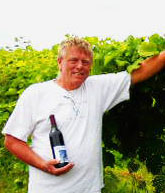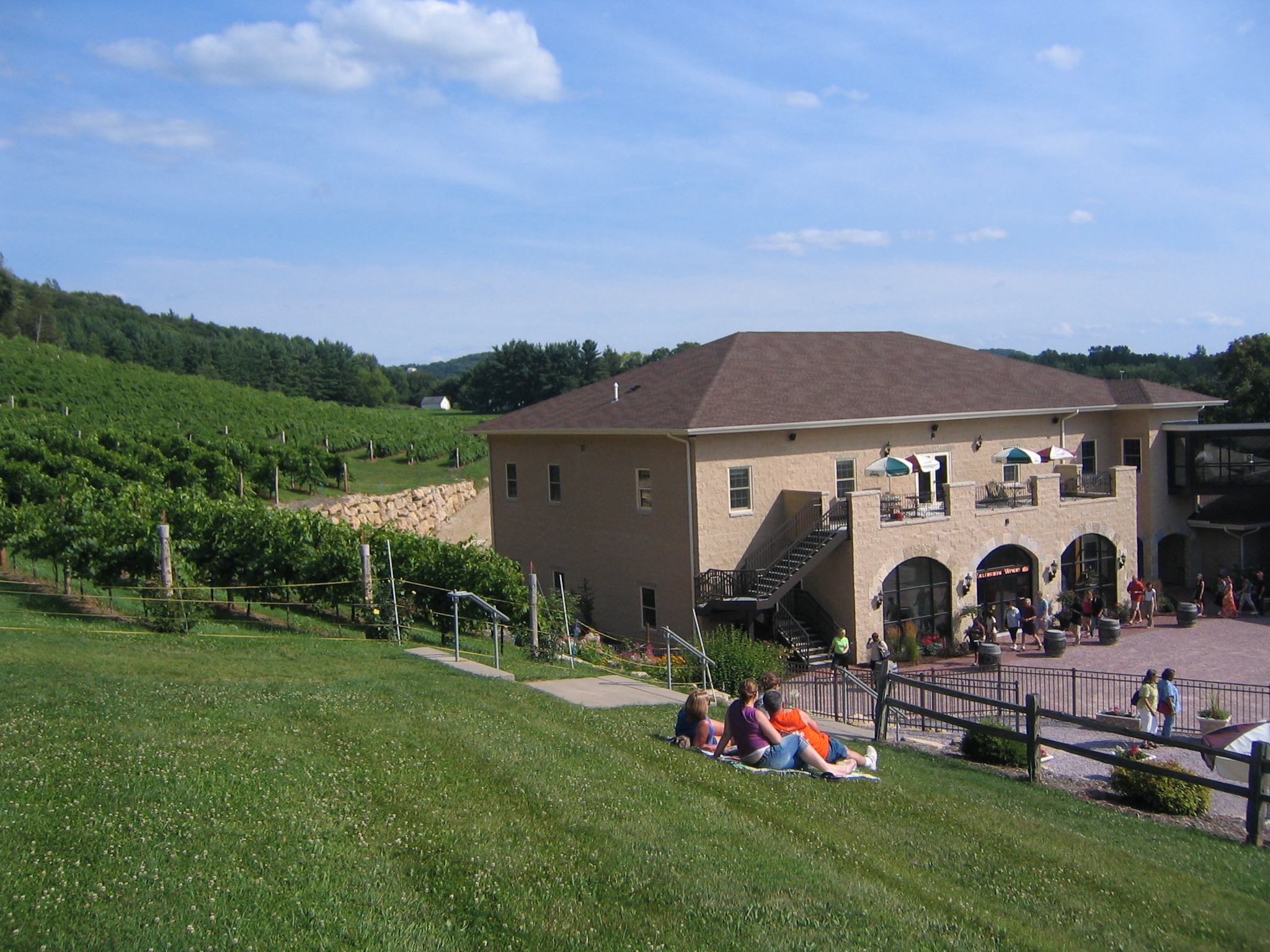John Marshall: My Favorite Red Wine Grapes
This article is a companion to an earlier piece describing cold hardy white grapes that seem to have found their niche in a crisp, flowery and fruity style.
Cold hardy reds, on the other hand, do not seem to have found their place or their style and as yet. They do not seem to get the respect their white counterparts are beginning to enjoy.
Even so, these reds make palatable and interesting wines that are not available outside the area. While this may make them vulnerable to skepticism, these very characteristics also may make them leaders as we work to create a style of wine that personifies our great region. Please note the descriptions below as hardy grapes produce an artist’s palate of new wines with important possibilities.
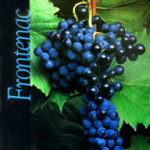

While first selections were being taken, the breeders at the University of Minnesota were having a problem finding an appropriate name for MN1047, as it was first known. On a field visit they passed through the tiny village of Frontenac in the Mississippi River Valley southeast of St. Paul and decided this would make an excellent wine grape name.
Unfortunately, Frontenac is the name of the governor of Quebec when the British conquered it and he is regarded there as a traitor. This does not help its popularity in Canada. For Americans, naming a grape “Frontenac” would be a little like naming it “Benedict Arnold.”
This faux pas has not kept Frontenac from experiencing something of a rebirth in popularity in recent years for its ability to adjust to many soils and climates, flexibility in winemaking and its reliability in bearing. These things continue to fuel its on-going commercial success.
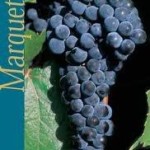

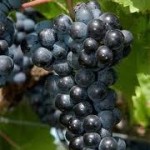

It is both an amazing display of winemaking expertise and of Foch’s ability to produce outstanding wines in many styles. Given its hardiness, disease resistance, good bearing and ability to produce quality wines, it is a grape that is not planted nearly enough in northern regions. (In the category of obscure wine trivia, Marechal Foch was a French general who negotiated the end of World War I.)


In fact, in Quebec winemakers love the French name of the grape and the low acids the vine offers. They felt should the vine should be renamed Saynt Croy, as that is the way Elmer Swenson pronounced it. He was held in such high esteem in Canada, perhaps tongue in cheek, they felt the French pronunciation (Suh Craw) was a disrespect to him.


When allowed to become very ripe and vinted with an extended skin contact it tends to make a heavy, complex wine, filled with odd flavors and aromas. However, when picked before it reaches 20% sugar and vinted in a light style it has proven to be a commercial success. The Québécois feel it makes its best wine in cooler years and given very restricted skin time in fermentation. One way or the other it is finding a place in modern cold climate viticulture.


KON, as it is sometimes abbreviated, is not good as a dry wine. In a dry style, it is without aroma and is harsh and acidic. However, when sweetened in agreement with much of the Midwestern public’s tastes, it awakens a full grapey flavor. KON can be very rich and delicious, exuding a powerful and delightful Labrusca nose as well. Nearly everyone who has the courage to offer it (prejudice against Labrusca wines runs deep) quickly finds KON is a best seller.
These are some of the grapes that are helping move viticulture north and making it reliable in areas further south where better known grapes are unreliable. As a matter of collateral benefit, cold hardy grapes also produce wines that are in no way typical of wines so widely available in stores. They are helping us find a style and a flavor profile typical of our great region; a type of wine the public can only get from regional winemakers.
See Related Story from John Marshall: Red Storm Rising Across Northern Wineries
John is a regular columnist in Midwest Wine Press and a vineyard and winery owner in Lake City, Minnesota. See Great River Vineyard and Nursery for more information.
Homepage photo: Bauer-Kearns Winery, Platteville, WI

